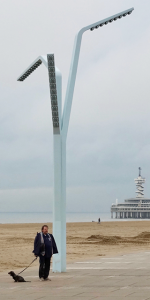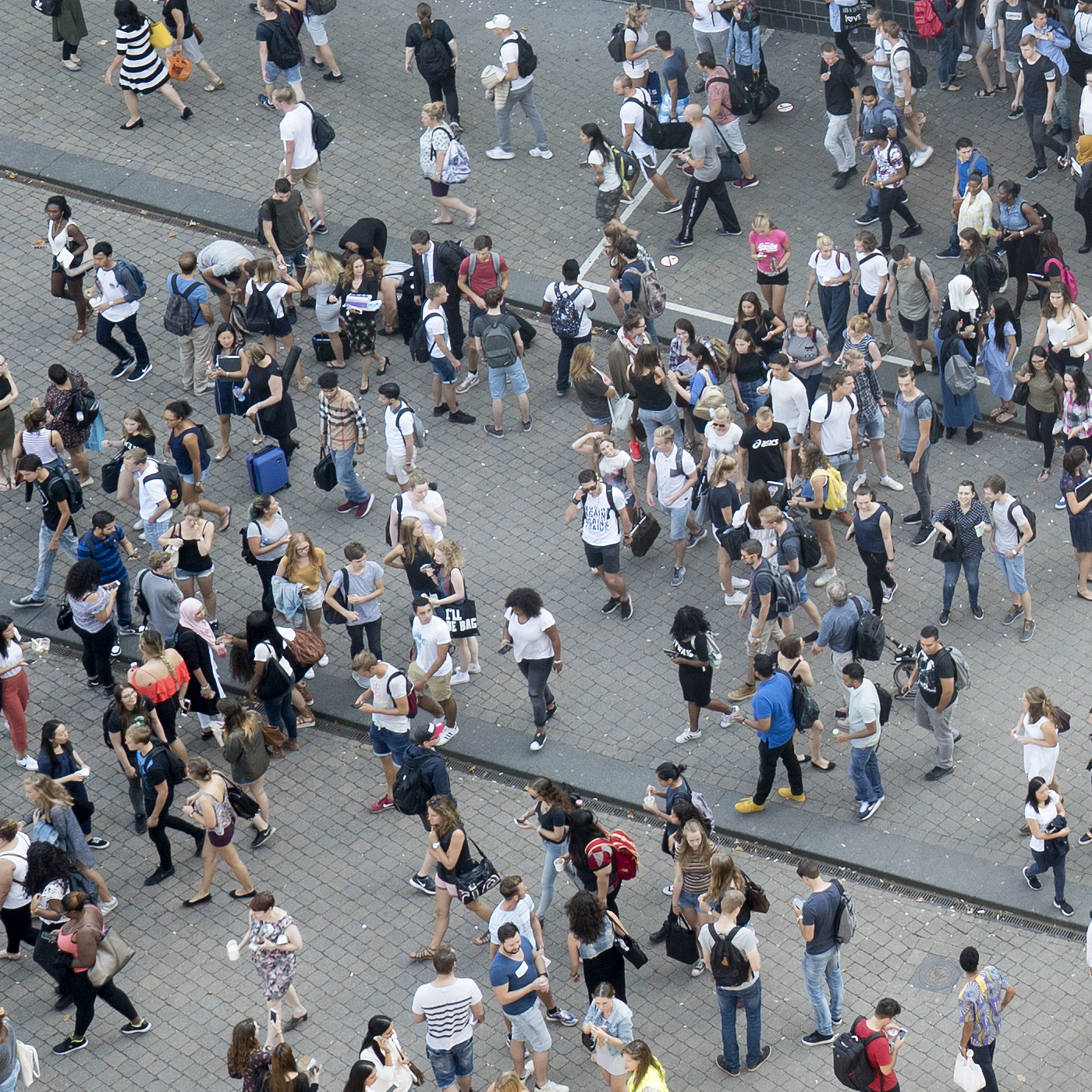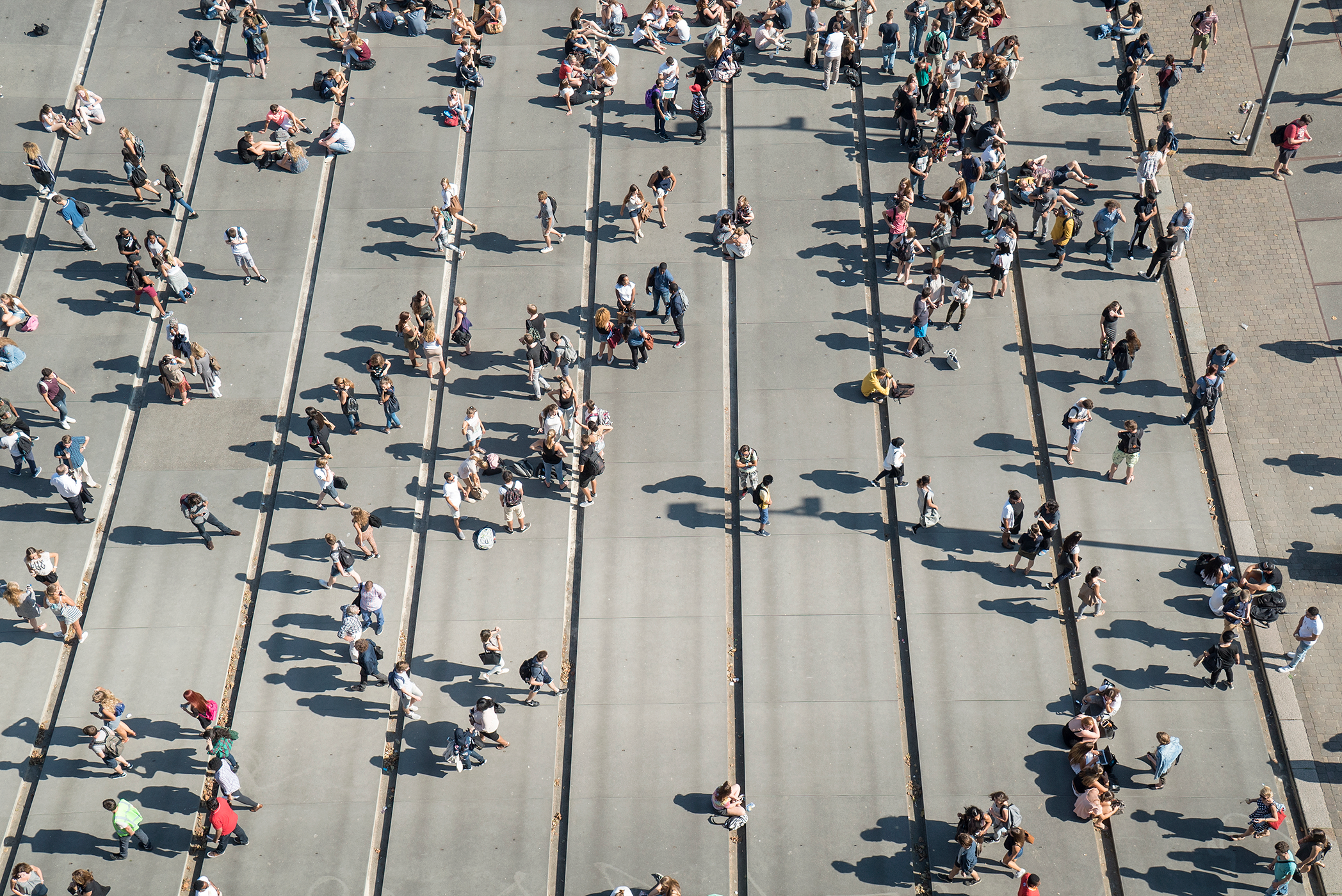van Leeuwen, J.P., Hermans, K., Quanjer, A.J., Jylhä, A., Nijman, H. 2018. “Using Virtual Reality to Increase Civic Participation in Designing Public Spaces.” In: Proceedings of the European Conference on Digital Government, Santiago de Compostela, Spain, Oct. 2018.
Abstract | Full text
Municipalities increasingly seek to include citizens in decision-making processes regarding local issues, such as urban planning. This paper presents a case study on using Virtual Reality (VR) in a process of civic participation in the redesign of a public park. The municipality included citizens in intensive co-design activities to create three designs for the park and engaged the neighbourhood community in co-decision, in the form of a ballot. Through the civic participatory process, we studied the effectiveness of using VR technology to engage the community in participating in the co-decision process. The three designs were presented using highly realistic 360 ̊ visualisations and the effects on engagement were compared between various devices: VR headsets, smartphones, tablets, and computers. Viewing the designs in 2D paper plans was also included in the comparison. The study included over 1300 respondents that participated in the ballot. A statistical analysis of the collected data shows that participants viewing the 360 ̊ rendered images with VR technology expressed a significantly higher engagement in the co-decision process than those using their computer at home or viewing 2D paper plans. The paper describes the complete participatory design process and the impact of the e-governance used on the target group as well as on the actors organizing the e-governance process. We discuss how the use of new technology and active presence of a voting-support team inspired citizens to participate in the co-creation process and how the investment in this procedure helped the local authorities to generate support for the plans and strengthen its relationship with the community. The use of realistic visualisations that can be easily assessed by citizens through user-friendly technology, enabled a large and diverse audience to participate. This resulted in greater visibility of municipal efforts to enhance the living environment of citizens and is therefore an important step in increased civic engagement in municipal policy-making and implementation.
 Artificial Intelligence is not a hype. After a slow start in the 20th century, we now see more and more applications of AI, particularly indoors (robot vacuum cleaners, smart installations for climate control) and our personal space (bio-sensors). In the outdoor space, AI is seen much less often, but the technical infrastructure is developing rapidly and new possibilities emerge UrbanUX investigated which innovations can be realised with AI in the public outdoor environment.
Artificial Intelligence is not a hype. After a slow start in the 20th century, we now see more and more applications of AI, particularly indoors (robot vacuum cleaners, smart installations for climate control) and our personal space (bio-sensors). In the outdoor space, AI is seen much less often, but the technical infrastructure is developing rapidly and new possibilities emerge UrbanUX investigated which innovations can be realised with AI in the public outdoor environment. In the Mariahoeve neighbourhood of The Hague, a park is being revamped. The neighbourhood manager, as representative of the municipality, invited inhabitants to design three variants for the park, with the aid of specialists and using 3D modelling tools. The three designs were then presented to all neighbourhood inhabitants, using Virtual Reality, who voted for their preferred design. Three forms of VR were utilised and evaluated in this research project.
In the Mariahoeve neighbourhood of The Hague, a park is being revamped. The neighbourhood manager, as representative of the municipality, invited inhabitants to design three variants for the park, with the aid of specialists and using 3D modelling tools. The three designs were then presented to all neighbourhood inhabitants, using Virtual Reality, who voted for their preferred design. Three forms of VR were utilised and evaluated in this research project. The project has two objectives: consulting the municipality in communicating the design variants to the public; and investigating the effectiveness and validity of the different forms of VR and their effect on the engagement of inhabitants in the decision-making process.
The project has two objectives: consulting the municipality in communicating the design variants to the public; and investigating the effectiveness and validity of the different forms of VR and their effect on the engagement of inhabitants in the decision-making process. Every day, we communicate with means that bridge the limitations of time and place, such as phones, email, chat, social media. This project explores concepts for location-bound asynchronous communication: how can we leave messages for other people in particular places? What applications of such technology could be meaningful? This project has led to very inspiring and strong concepts for new forms of encounters and social activities.
Every day, we communicate with means that bridge the limitations of time and place, such as phones, email, chat, social media. This project explores concepts for location-bound asynchronous communication: how can we leave messages for other people in particular places? What applications of such technology could be meaningful? This project has led to very inspiring and strong concepts for new forms of encounters and social activities. The app can help citizens to express their wishes and literally map them, to get into discussions about such issues, to generate ideas together and take action collectively. The professionals in the neighbourhood use the app to gain insight in what’s at stake and to communicate with inhabitants. This project has iteratively generated a number of solutions for the Citizen-Pro app.
The app can help citizens to express their wishes and literally map them, to get into discussions about such issues, to generate ideas together and take action collectively. The professionals in the neighbourhood use the app to gain insight in what’s at stake and to communicate with inhabitants. This project has iteratively generated a number of solutions for the Citizen-Pro app.

